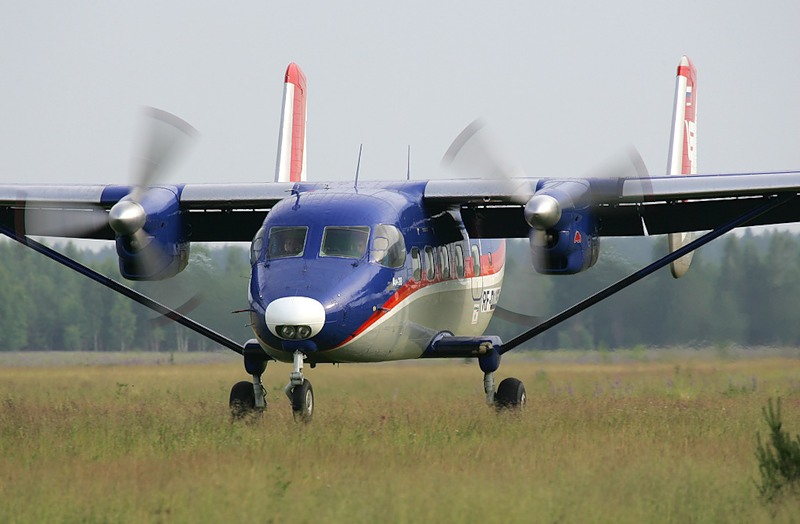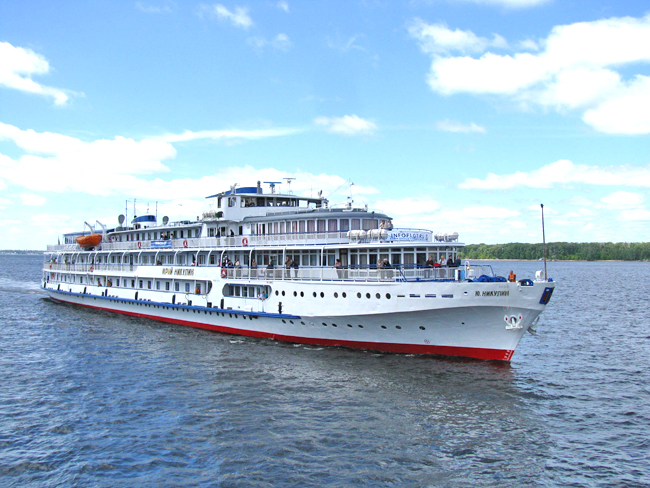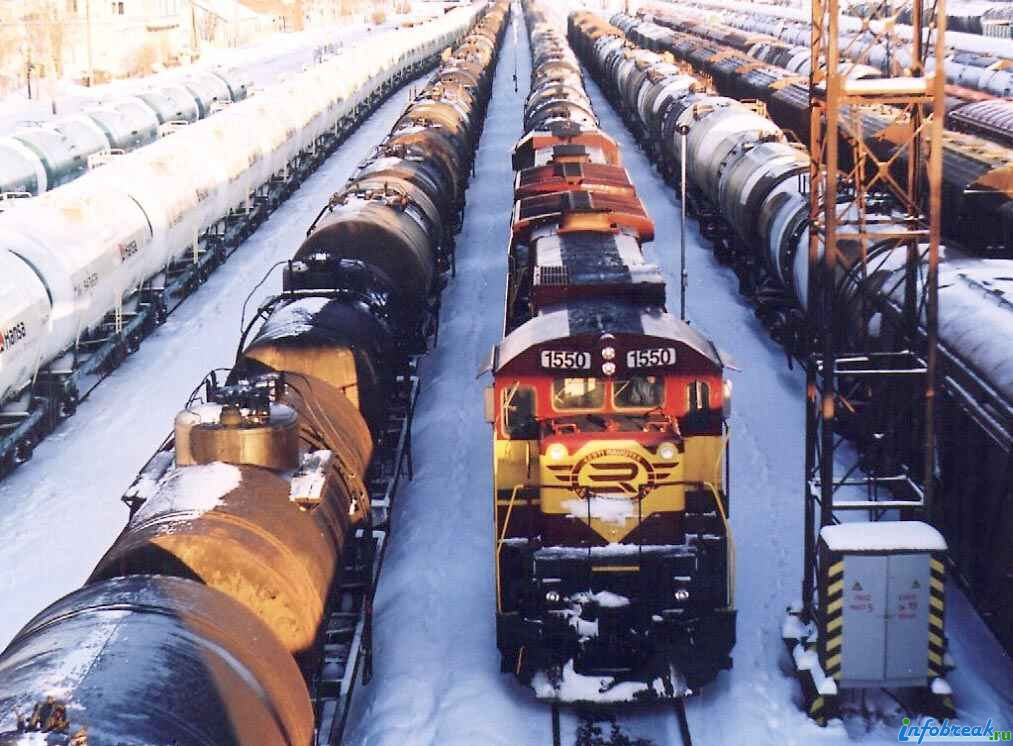
- •Unit 3. The Environmental Impacts of Transportation
- •Vocabulary
- •The Environmental Impacts of Transportation
- •Capacity of urban transport modes per metre of infrastructure width
- •Introduction and thesis statement (Say what you want to do)
- •The body of the paper (Do it)
- •Conclusion (Say what you have done)
- •Supplementary reading Exercise 1. Read the text about the Environmental Impacts of Transportation and answer the following questions.
- •The Environmental Impacts of Transportation
- •Exercise 2. Finish the statement according to the text read.
- •Vocabulary
- •Supplementary reading
- •Popular hard big “green” slow sustainable clean fast high environmentally friendly quiet
- •Read a text about transport - environment link and render it in Russian.
Unit 3. The Environmental Impacts of Transportation
Start up
Exercise 1. Transport is the only sector in which greenhouse gas emissions have considerably risen. Discuss with your partner and decide how different modes of transport pollute the environment. Which one has the most negative impact? Look at the pictures for some ideas.


A. B.


C. D.
Exercise 2. There are several types of environmental problems. Can you name some of them? Read information given below and guess about the type of an environmental problem.
Noise is the most important environmental problem for people living close to railway lines.
Air quality is being threatened by exhaust gas emission from the increasing road traffic.
The activities of the transport industry release several million tons of gases each year into the atmosphere. There is an ongoing debate to what extent these emissions may be linked to climate change and the role of anthropogenic factors.
Fuel, chemical and other hazardous particulates discarded from aircraft, cars, trucks and trains or from port and airport terminal operations, such as de-icing, can contaminate rivers, lakes, wetlands and oceans.
The environmental impact of transportation on soil consists of soil erosion and soil contamination.
Major transport facilities can affect the quality of urban life by creating physical barriers, increasing noise levels, generating odors, reducing urban aesthetic and affecting the built heritage.
Vocabulary
Exercise 1. Some words are often used together. Fill the gaps in sentences 1-8 with a word from the list that goes with the word in bold.
|
|
|
|
|
|
|
|
Climate __________is a long-term change in the statistical distribution of weather patterns over periods that range from decades to millions of years.
Coal can have a heavy impact on the environment. In the same instance, cotton is the raw _________ we use the most.
The conclusion of the report pinpoints that up until now there has been no significant negative ___________ of this technology on the environment.
In common dialogue, the term fossil ____________ also includes hydrocarbon-containing natural resources that are not derived from animal or plant sources.
A diesel ___________is a type of railway locomotive in which the prime mover is a diesel engine.
The satellite maps are the pictures of the Earth ____________, taken with the aid of the artificial Earth satellite.
That meeting is part of the continuing work of the Department on 22 sectors of economic activity, of which the transport __________ is one.
Air ____________ occurs when the concentrations of certain substances become high enough to cause the atmospheric environment to become toxic.
Exercise 2. Match a word in A with a word in B.
A |
B |
||
1 |
Greenhouse gases |
a |
A greenhouse gas and by-product of any carbon combustion process (mostly involving fossil fuels) as well as being exhaled by every living organism. |
2 |
Direct emissions |
b |
Emissions related directly to the onboard combustion of diesel or use of electricity. |
3 |
Carbon dioxide (CO2) |
c |
Many gases have a global warming potential, and are known as greenhouse gases. The Kyoto Protocol specifies six greenhouse gases: CO2, CH4, N2O, HFCs, PFCs, and SF6 |
4 |
Noise exposure |
d |
Presence in or introduction into the environment of a substance which has harmful or poisonous effects |
5 |
Sustainability |
e |
The exposure to human ears of any noise source. |
6 |
Pollution |
f |
The potential for long-term maintenance of well being, which has environmental, economic, and social dimensions. |
7 |
Impact |
g |
situated in the interior of a country rather than on the coast |
8 |
Fossil fuel |
h |
a marked effect or influence |
9 |
Inland |
i |
particle pollution such as a complex mixture of extremely small particles and liquid droplets |
10 |
Particulate matter |
j |
any naturally occurring carbon or hydrocarbon fuel, such as coal, petroleum, peat, and natural gas, formed by the decomposition of prehistoric organisms |
Reading and translation
Exercise 1. Before you read look at the tables below and decide what the article is about.
Table 1 – Carbon dioxide (1 person Berlin - Frankfurt, 545 km)
Mode of transport |
Kg CO2 |
Automobile |
98 |
Train |
26 |
Plain |
85 |
Note: Plane emissions include travel to and from the airport; they are not increased to take account of the effect of emissions at high altitude.
Table 2 – Carbon dioxide (100 tons cargo, Basel - Rotterdam, 700 km)
Mode of transport |
Tons CO2 |
Lorry |
4.7 |
Train |
0.6 |
Inland waterway |
2.4 |
Table 3 – Atmospheric emission from railway transport services and plants (Russia)
Rail transport services and plants |
Atmospheric emission, % |
Locomotive depot |
27,3 |
Train depot |
10,8 |
Wagon-repair plant |
13,4 |
Rubble and sleeper impregnation plant |
1,6 |
Did
you know?
A
depot or
a
round house
in the UK
is
called
a shed
in the USA. A
railway
and a
wagon
in Britain
are
known as
a railroad and
a car
in America.
Exercise 2. Now read the whole text and check your answers.
